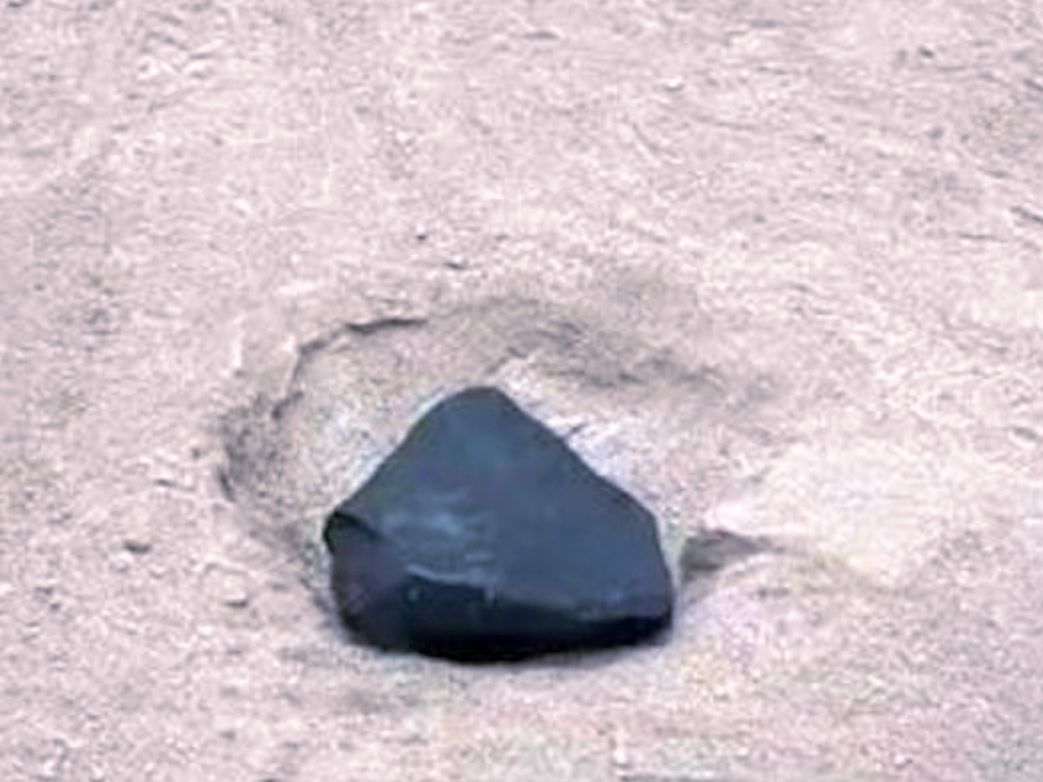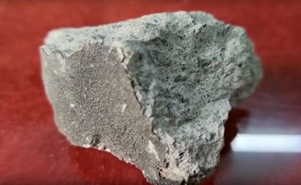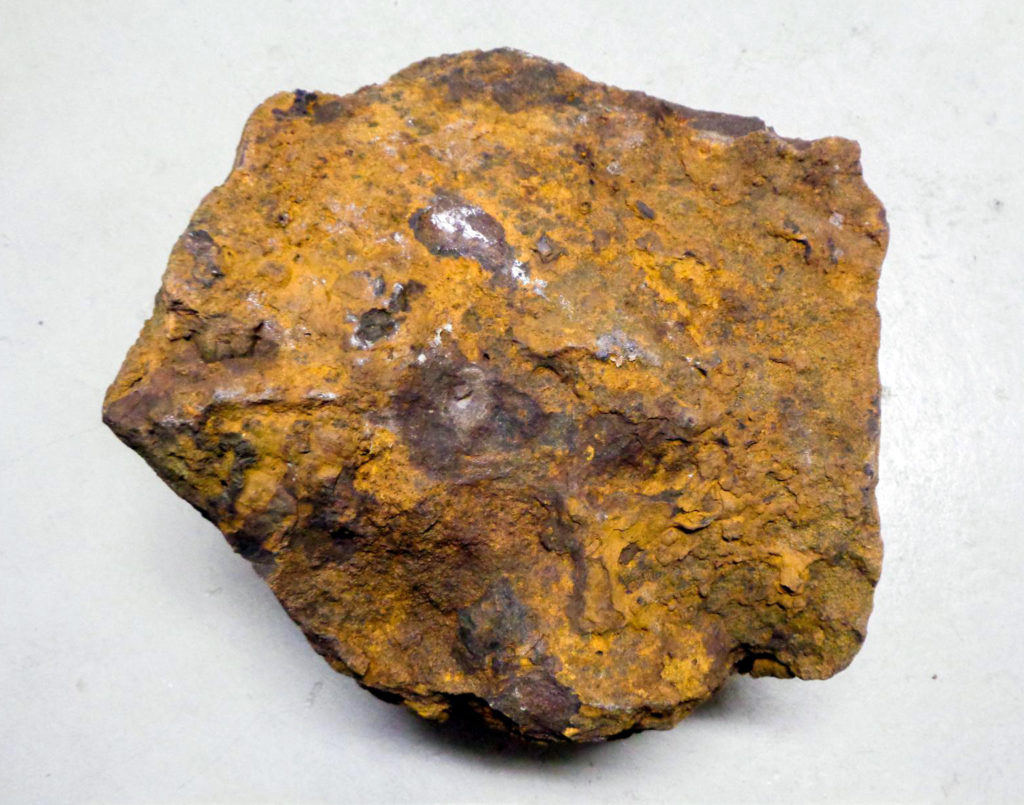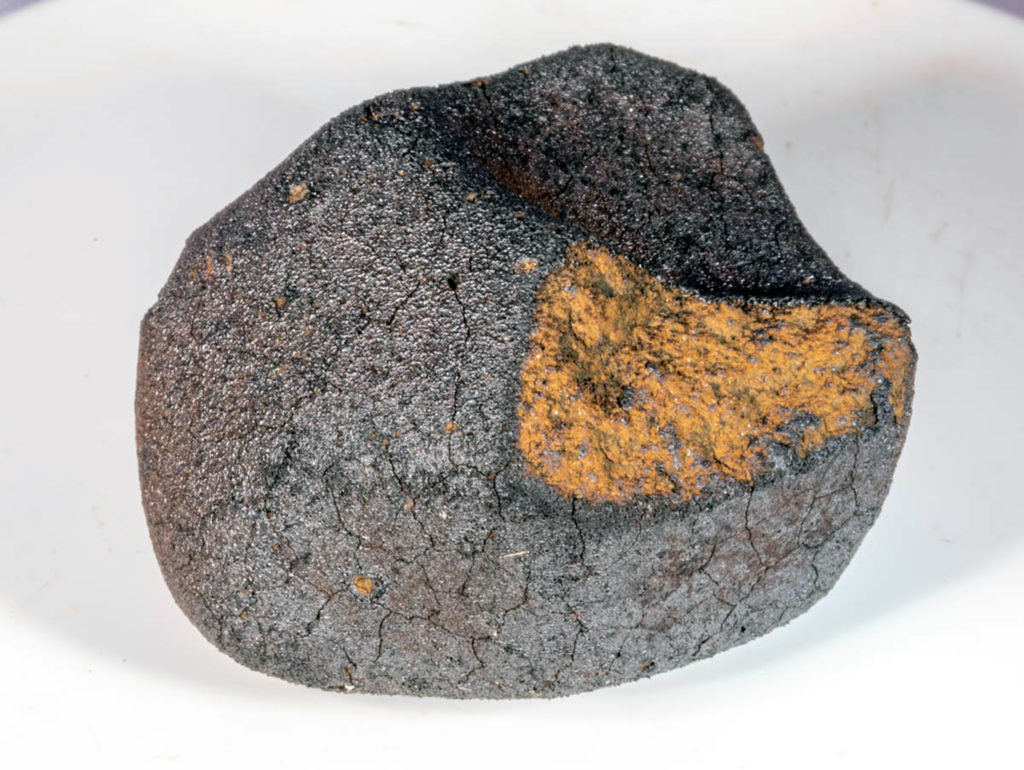Differentiated planetesimals record differing sources of sulfur in inner and outer solar system materials
Elizabeth A. Heiny, Edward M. Stolper, and John M. Eiler
PNAS, May 2, 2025, 122 (18) e2418198122
“The isotope anomalies of noncarbonaceous (NC) and carbonaceous (CC) extraterrestrial materials provide a framework for tracing the distribution and accretion of matter in the early solar system. Here, we extend this framework to sulfur (S)—one of six “life-essential” volatile elements [TC ~ 664 K]—via the mass-independent S-isotope compositions of differentiated meteorites. We observe that on average, NC and CC iron meteorites are characterized by distinct Δ33S (Δ33SNC = 0.013 ± 0.003‰; Δ33SCC = −0.021 ± 0.009‰; 2 SE). The average Δ36S of NC and CC irons are less well resolved (Δ36SNC = −0.006 ± 0.039‰; Δ36SCC = −0.101 ± 0.114‰; 2 SE), but the Δ36S values of the CC irons are concentrated in the lower half of the range of those observed for iron meteorites. A lack of CC achondrite S-isotope analyses prevents direct comparison of the Δ33S and Δ36S of NC and CC achondrites, but the average Δ33S and Δ36S of NC achondrites (Δ33S = 0.02 ± 0.008; Δ36S = −0.019 ± 0.064‰; 2 SE) overlap with those of the NC irons. The average Δ33S values of NC achondrite groups also correlate with nucleosynthetic anomalies of other elements (e.g., Cr) previously used to define isotopic heterogeneity within the NC reservoir. The position of the Earth in Δ33S-Δ36S composition space implies that ~24% of terrestrial S derives from CC materials, while the majority (~76%) was delivered by NC materials.”
































